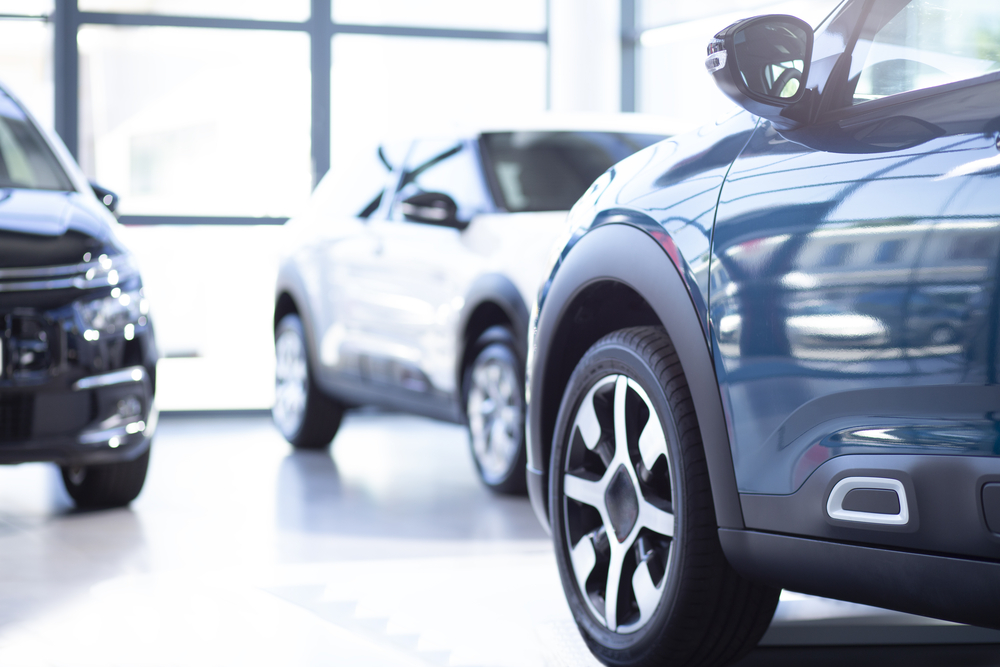When it comes to car upkeep, tyre maintenance is often the subject of quite a few myths.
These fallacies can lead to unnecessary costs, diminish the lifespan of your tyres, and even endanger your safety on the road. It’s high time we debunk these myths and underline the importance of factual tyre care knowledge. Let’s explore and dismantle the most prevalent myths about tyre maintenance.

Myth 1: Inflate Tyres to the Pressure Indicated on the Tyre Sidewall
Debunked: The figures on the tyre sidewall indicate the maximum pressure the tyre can safely accommodate, not the suggested pressure for optimal driving. The manufacturer’s recommended tyre pressure is usually found on a sticker inside the driver’s door jamb, the glove box, or in the vehicle’s handbook. Following this recommendation ensures the best traction, fuel economy, and tyre durability.
Myth 2: Modern Vehicles Don’t Need Tyre Rotation
Debunked: Tyre rotation remains crucial for vehicles of any age. It promotes even wear, thereby extending tyre life and maintaining the vehicle’s handling. Tyre rotation is typically advised every 5,000 to 7,500 miles, but consult your vehicle’s manual for precise recommendations.
Myth 3: The Penny Test is the Optimal Way to Check Tread Depth
Debunked: While the penny test offers a rough estimation of tread depth, a dedicated tread depth gauge provides a much more accurate measurement. The legal minimum tread depth in the UK is 1.6mm across the central three-quarters of the tyre. For improved safety, especially on wet roads, maintaining a tread depth of at least 3mm is recommended.
Myth 4: Driving on a Spare Tyre for an Extended Period is Acceptable
Debunked: Spare tyres, especially space-saver spares, are intended for temporary use to reach a tyre service centre. They usually come with speed and distance limitations. Extended use of a spare tyre can adversely affect the vehicle’s handling and fuel efficiency and car tyres mobile fitting is a much better option.
Myth 5: All Tyres Wear Out Evenly
Debunked: Tyre wear can vary due to driving habits, vehicle load, alignment, and tyre position. Though regular inspections and rotations can manage uneven wear, assuming uniform wear across all tyres is inaccurate.
Myth 6: Overinflating Tyres Enhances Fuel Efficiency
Debunked: Overinflation may marginally decrease rolling resistance, possibly improving fuel efficiency, but at the cost of traction, comfort, and even wear. It’s safest to adhere to the manufacturer’s recommended tyre pressure.
Myth 7: No Need to Check Pressure if Tyres Aren’t Leaking
Debunked: Tyre pressure can change with temperature variations and over time, even without visible leaks. Monthly pressure checks, including the spare tyre, ensure tyres are at optimal inflation levels.
Conclusion
Demystifying these common myths about tyre care is essential for proper vehicle maintenance and road safety. Regular tyre checks, maintaining the correct pressure, and timely replacements are indispensable practices for all vehicle owners. By dispelling these myths, we encourage more informed tyre care habits, aiming to prolong tyre life, improve safety, and prevent unnecessary expenses. Remember, in tyre maintenance, knowledge is as important as the air in the tyres themselves.